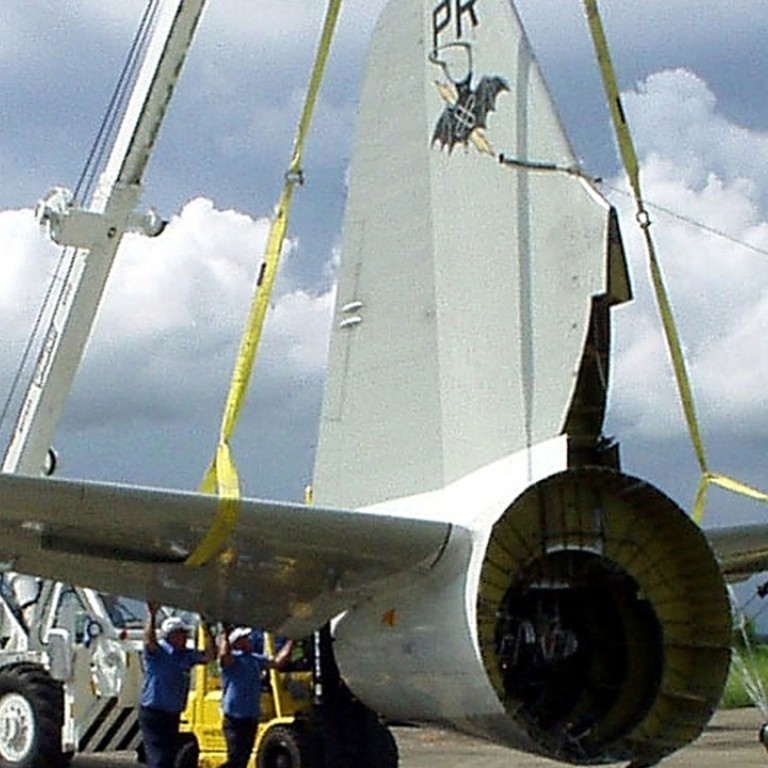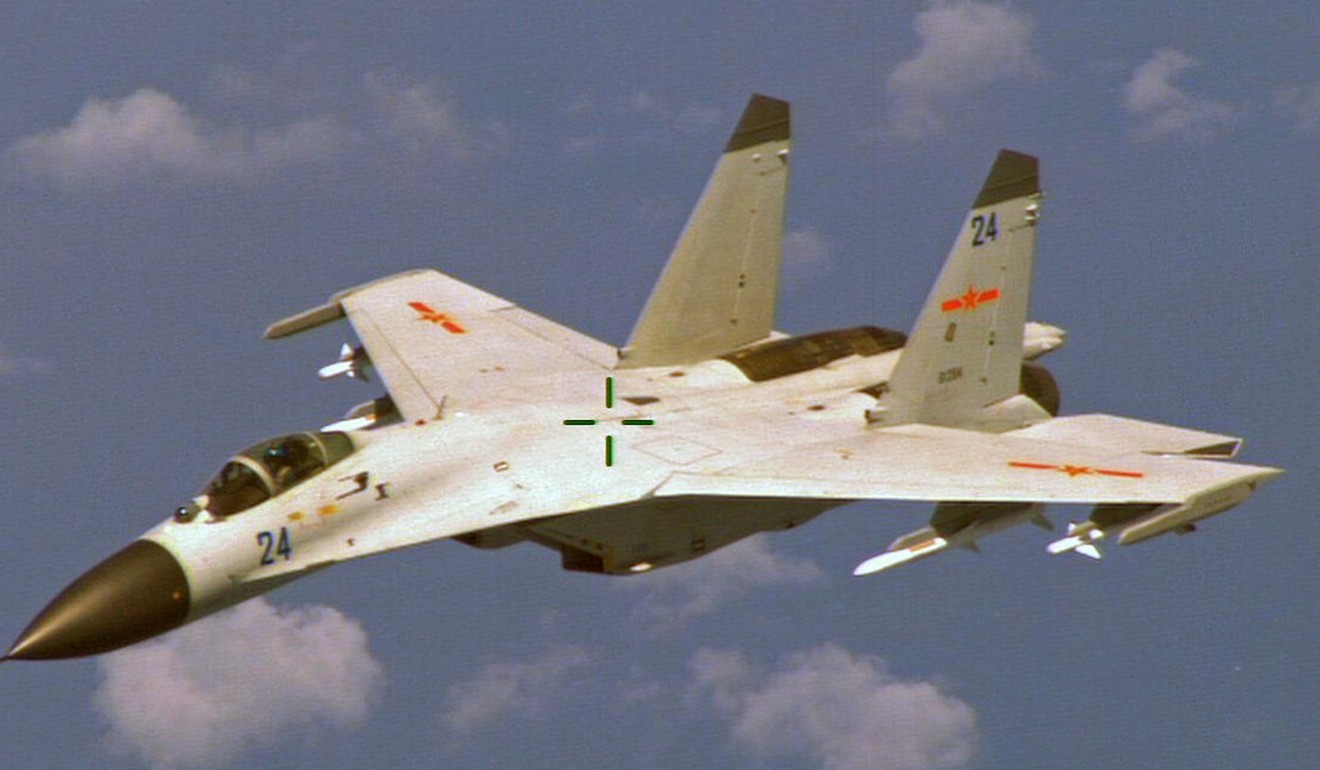
Before the USS Decatur: five close China-US military encounters
A Chinese destroyer’s near collision with a US warship over its challenge to Beijing’s territorial claims is only the latest of several such clashes
A US Navy vessel, the USS Decatur, sailed within 12 nautical miles of Gaven and Johnson reefs in the disputed South China Sea on Sunday, prompting China to send a destroyer close to the US warship, nearly resulting in a collision.
The dangerous incident comes as China and United States are engaged in an increasingly bitter trade war involving punitive tariffs on other’s products.
This is not the first time the militaries of the world’s two biggest economies have had close encounters. Here are some of the previous occasions.
May 17, 2017
Two Chinese Su-30 fighter jets intercepted a US Air Force radiation detection plane over the East China Sea, according to the US Pacific Air Forces.
The Chinese jets came within 45 metres (150 feet) of the American plane, with one of the Su-30s flying inverted, or upside down, directly above it.
In response to accusations from the US, the Chinese defence ministry said its aircraft had acted legally and safely.
May 19, 2016
Two Chinese J-11 fighters flew within about 15 metres of a US EP-3 Aries aircraft over the South China Sea, forcing the US pilot to descend sharply to avoid a collision, according to officials at the Pentagon, the US Department of Defence.
The US said its plane was conducting routine operations in international airspace, and called the incident an unsafe intercept.
But China claimed its jets monitored the US plane from an acceptable distance, and the Chinese foreign ministry said frequent reconnaissance missions by US Navy vessels’ aircraft off the Chinese coast jeopardised China’s sea and air safety.
December 5, 2013
A US guided missile cruiser operating in international waters in the South China Sea was forced to take evasive action to avoid colliding with a Chinese warship manoeuvring nearby, said the US Pacific Fleet.
The American ship was observing China’s new aircraft carrier, the Liaoning, as it made its first voyage in the South China Sea from its home base in Qingdao.
China’s defence ministry said the Chinese vessel was conducting “normal patrols” when the two vessels “met”, adding that the countries’ defence departments “carried out effective communication”.
August 19, 2014
A Chinese fighter flew low over a US P-8 Poseidon anti-submarine and reconnaissance plane over the South China Sea, at one point flying 9 metres from one of its wing tips before doing a “barrel roll” rotation over the top of it, Pentagon officials said.

China said the criticism was groundless and the pilot had kept a safe distance.
Typifying the Chinese military’s hawkish response to such incidents, the state-run tabloid Global Times quoted military theorist Rear Admiral Zhang Zhaozhong as saying: “A knife at the throat is the only deterrence. From now on, [China] must fly even closer to US surveillance aircraft.”
April 1, 2001
During a routine surveillance mission near the Chinese coast, a US Navy EP-3E Aries II spy plane collided with a Chinese J-8 fighter jet that was closely tailing it.
The crash occurred about 80km (50 miles) southeast of the Chinese island of Hainan, in what US officials described as international waters.
The American plane made an emergency landing in Hainan, its crew escaping injury but being detained and interrogated. The Chinese plane crashed into the sea, killing its pilot.
The incident sent China-US relations to a historic low and the Beijing government demanded that Washington apologise.
China released the US crew on April 11 after the then George W Bush administration delivered the “letter of the two sorries”, saying the US was “very sorry” for the death of Chinese pilot Wang Wei and for the aircraft entering China’s airspace before landing without verbal clearance.

